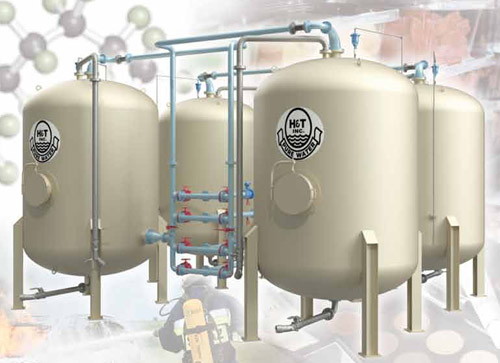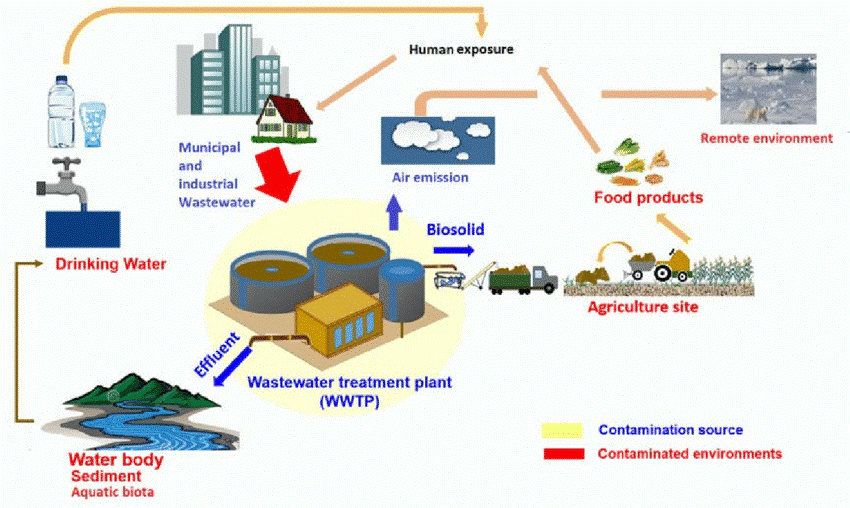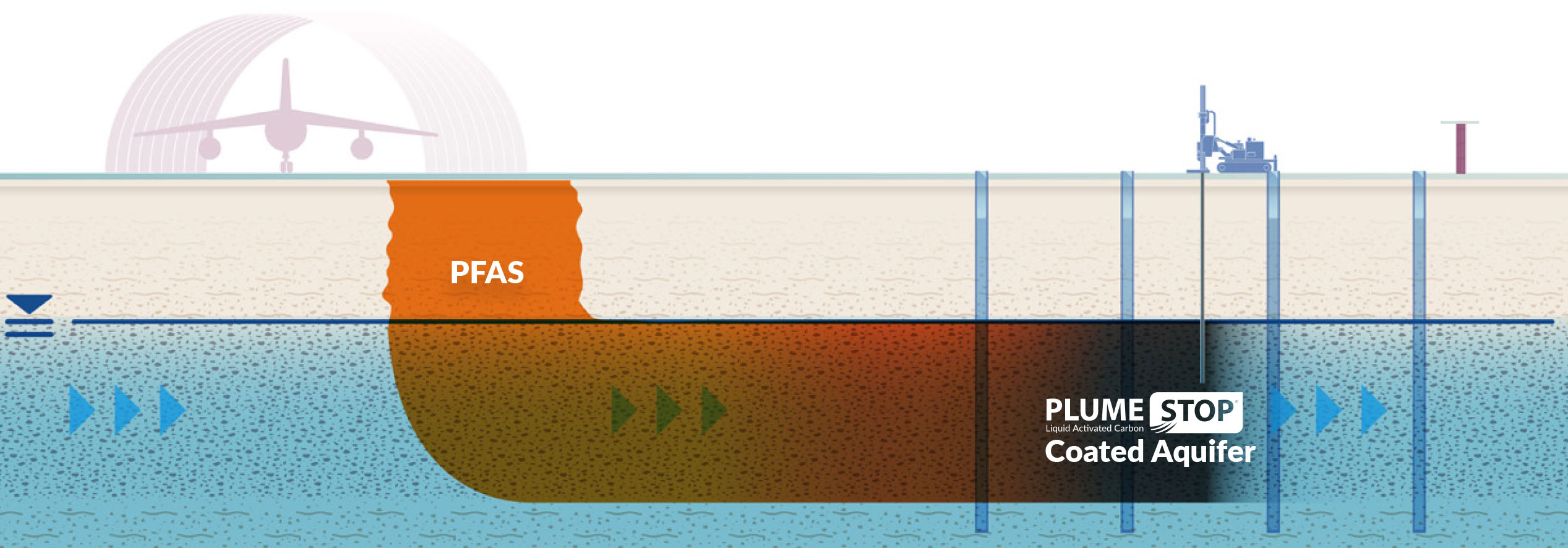Comprehensive PFAS Management in Residential Areas
Wiki Article
How PFAS Therapy Makes Sure Clean and Lasting Water
The presence of PFAS, commonly known as "forever chemicals," poses significant challenges to water quality and public health. The implications of these treatments expand beyond immediate health advantages; they increase important questions regarding lasting water management strategies that must be dealt with to make certain a resilient future.
Comprehending PFAS Contamination
PFAS, or per- and polyfluoroalkyl substances, have arised as a significant environmental problem as a result of their extensive prevalence and determination in the setting. These artificial chemicals have been utilized in different industrial applications and consumer items, including non-stick cookware, water resistant clothing, and food product packaging, as a result of their unique properties such as water and grease resistance.The contamination of dirt and water resources by PFAS happens mostly with industrial discharges, firefighting foam usage, and seeping from land fills. pfas management. Once released, these substances are immune to degradation, bring about their build-up in the atmosphere. This perseverance raises crucial concerns, as PFAS can take a trip fars away through groundwater and surface water supply, impacting alcohol consumption water materials and communities

Health And Wellness Risks of PFAS
The persistence of PFAS in the environment raises substantial wellness problems for people subjected to these substances. Referred to as "for life chemicals," PFAS do not damage down quickly and can collect in human bodies over time. Study has actually linked PFAS exposure to various damaging wellness impacts, including body immune system disorder, liver damage, and increased threat of specific cancers - pfas management. Especially, research studies have revealed raised cholesterol levels and possible effect on reproductive and developmental wellness, specifically in expecting people and infants.The ubiquity of PFAS in customer products, such as non-stick kitchenware, water-repellent fabrics, and food product packaging, further intensifies the risk of direct exposure. Drinking water polluted with PFAS is a substantial worry, as these chemicals can leach into groundwater resources. Susceptible populaces, including kids and those living near commercial sites, may encounter heightened dangers as a result of their developing systems and prospective for greater exposure levels.
As recognition of these health risks proceeds to expand, regulatory companies are starting to develop guidelines for PFAS levels in drinking water. Public wellness campaigns are important to alleviate direct exposure and protect communities from the long-lasting impacts of these unsafe substances.

Ingenious Therapy Technologies
Exactly how can we properly take on the challenges postured by PFAS contamination in water resources? Innovative therapy technologies are emerging as essential solutions in the pursuit for clean water. These approaches concentrate on the elimination or destruction of per- and polyfluoroalkyl compounds (PFAS), which are notorious for their persistence in the setting.One promising technique is adsorption utilizing advanced materials, such as triggered carbon and ion exchange materials. These products have revealed effectiveness in recording PFAS molecules from water. One more noteworthy modern technology is membrane layer filtering, which uses nanofiltration and turn around osmosis to separate impurities at the molecular degree, hence giving an obstacle against PFAS.
Additionally, progressed oxidation procedures (AOPs) utilize solid oxidants to damage down PFAS compounds right into harmless by-products. This approach is especially reliable for treating very infected water resources. Bioremediation methods, employing particular microorganisms, are also being checked out to deteriorate PFAS.
As research proceeds, hybrid systems that combine numerous technologies may offer boosted performance, attending to the complexities of PFAS contamination. The growth and execution of these ingenious treatment technologies are crucial steps towards guaranteeing the security and sustainability of our water resources.
Benefits of Efficient PFAS Therapy
Efficiently treating PFAS contamination in water resources considerably improves public wellness and ecological safety. PFAS, often referred to as "permanently chemicals," are immune to degradation and can build up in the body, leading to serious wellness risks such as cancer cells, liver damages, and body immune system dysfunction. By applying reliable treatment techniques, communities can reduce exposure to these unsafe materials, ultimately improving the wellness results of their populaces.
Moreover, successful PFAS treatment adds to the conservation of local ecosystems. Polluted water can detrimentally affect marine life and disrupt the delicate equilibrium of regional environments. By ensuring tidy water, therapy processes secure biodiversity and keep eco-friendly honesty.
Additionally, reliable PFAS remediation can cultivate public confidence in water top quality. When neighborhoods are assured that their drinking water is totally free from unsafe pollutants, it advertises a feeling of security and wellness. This trust is vital for neighborhood involvement and support for continuous water administration campaigns.
Future of Water Sustainability
Amidst expanding concerns about water quality and deficiency, the future of water sustainability rests on ingenious approaches and joint initiatives. As areas encounter the looming dangers of pollutants like PFAS, the development of innovative therapy innovations is vital. These innovations not only concentrate on the elimination of harmful substances yet also advertise the reuse and recycling of water, consequently minimizing overall demand.In addition, efficient water administration plays a vital function in making certain sustainable techniques. Policymakers need to integrate clinical research with regulatory structures to establish clear guidelines for water use and therapy. Stakeholder engagement, including local neighborhoods and markets, cultivates a feeling of shared duty and urges lasting practices across numerous fields.
Financial investment in facilities pfas management is likewise vital; updating aging systems to integrate modern-day purification and purification approaches can dramatically boost water quality. Additionally, accepting green modern technologies, such as natural purification systems, can provide eco-friendly solutions.
Ultimately, the future of water sustainability depends on an alternative approach that incorporates technology, plan, and community participation. By prioritizing these components, we can secure our water resources for generations ahead, guaranteeing tidy and lasting water for all.
Final Thought
In conclusion, the reliable therapy of PFAS is crucial for guaranteeing clean and lasting water. By using advanced modern technologies such as activated carbon adsorption, membrane layer purification, and progressed oxidation processes, communities can dramatically decrease the health and wellness risks connected with these pollutants. Additionally, the assimilation of these therapy approaches supports ecosystem protection and enhances biodiversity. Eventually, durable PFAS treatment techniques add to long-lasting durability in water management, fostering public rely on water top quality and advertising lasting practices.Report this wiki page